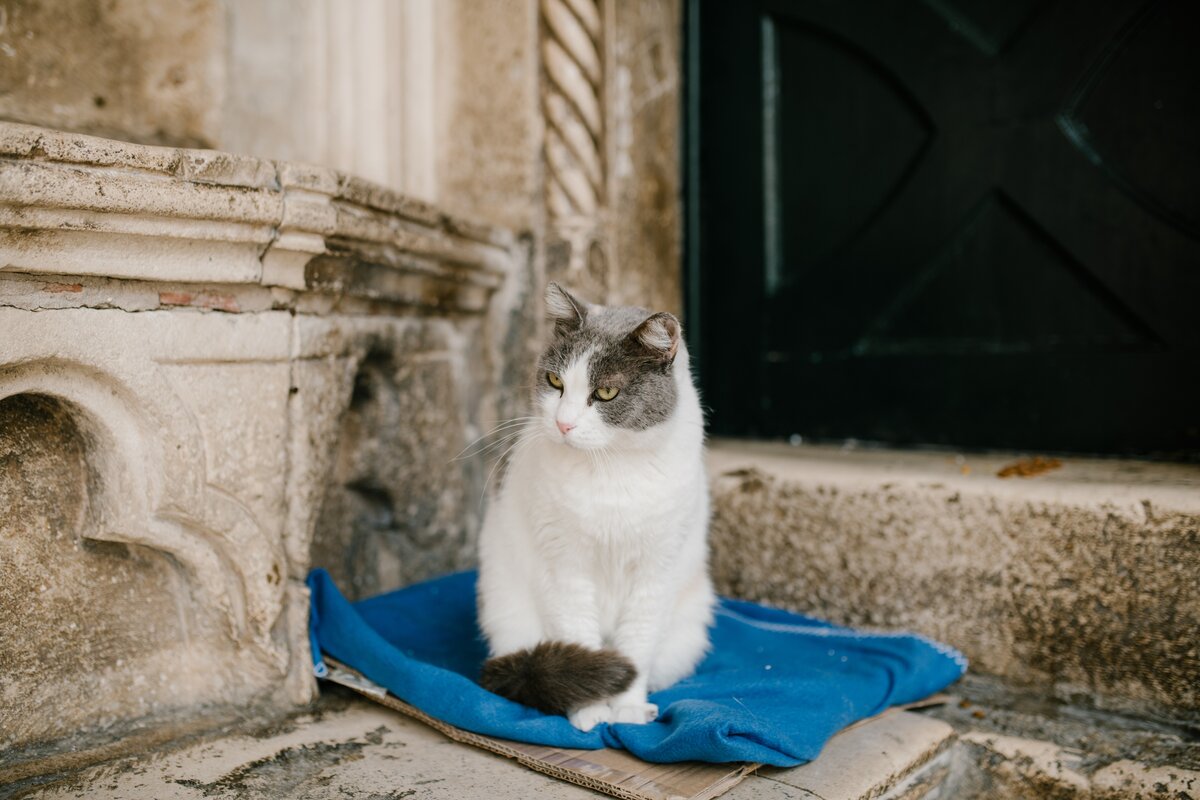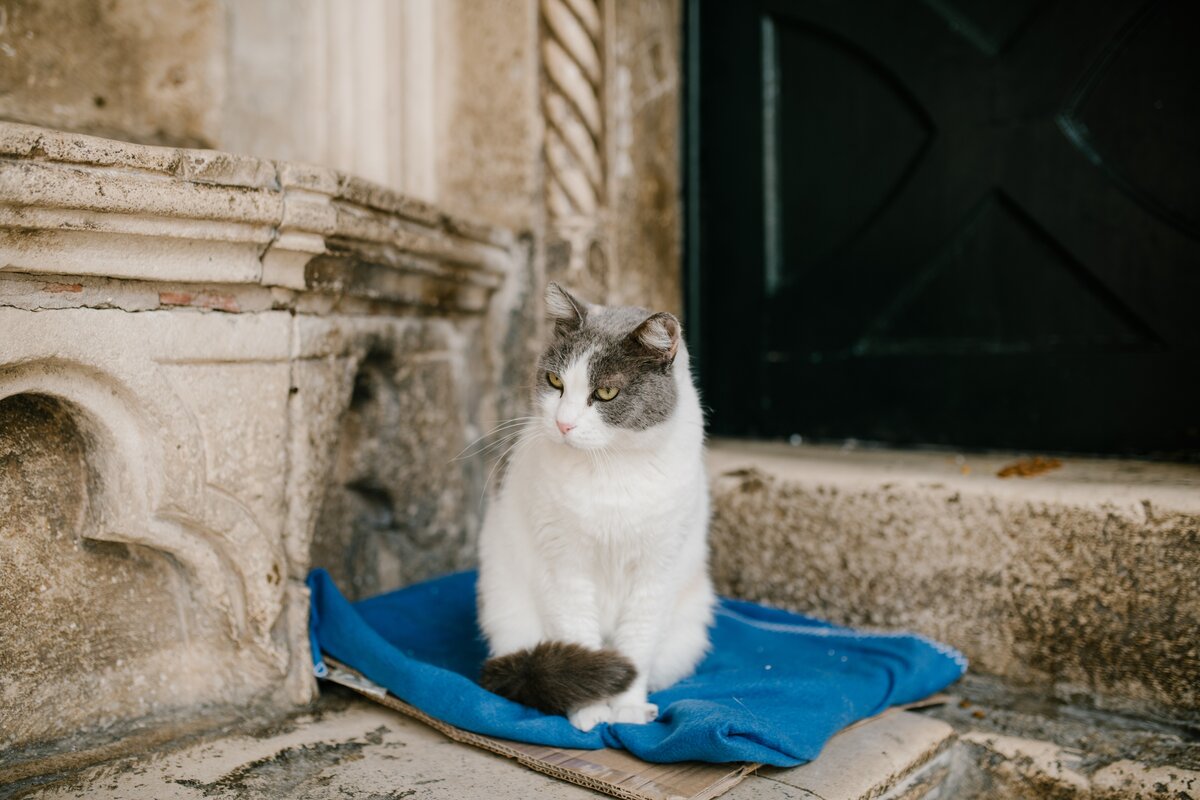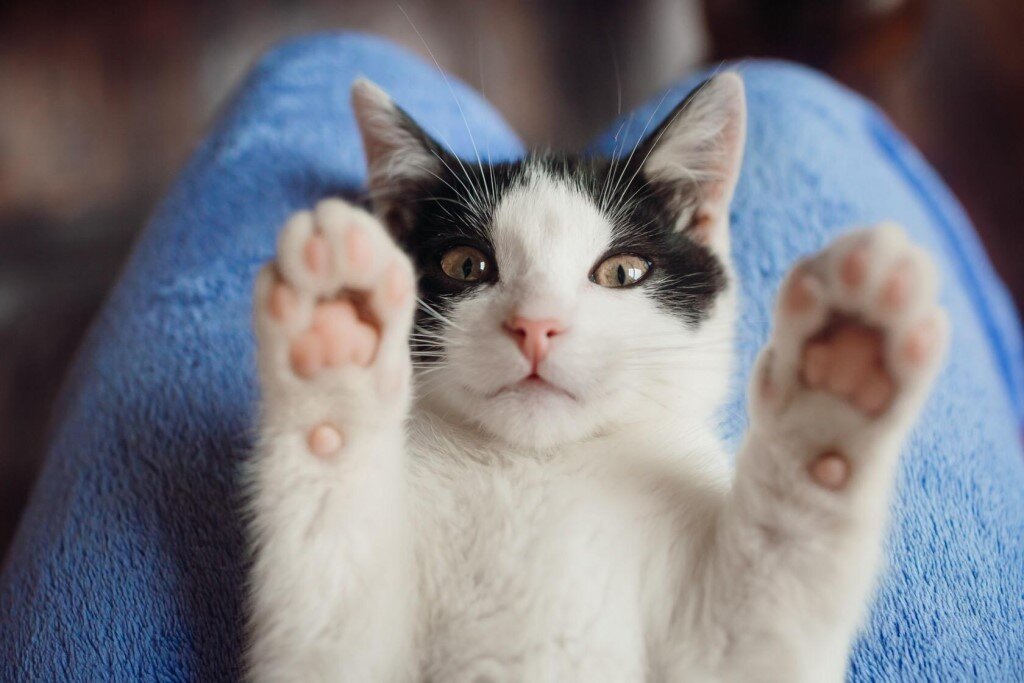As cats get older, the impact of aging on their bodies becomes more significant. There are changes in their appearance, behavior, and habits. Let's try to figure out how a cat owner can determine that their beloved pet is aging, based on both obvious and not-so-obvious signs.
Age Scale
Cats, like humans, go through several stages of development in their lives. The scheme is as follows:
- kittens – from birth to six months;
- adolescents (juniors) – up to 2 years;
- young animals – up to 6-7 years;
- mature cats - up to 10 years;
- senior cats - from 11 years.
As animals approach 10 years of age, health problems become more noticeable. When a cat enters the elderly or senior stage, the effects of aging become more pronounced. Regular observations of the pet allow these changes to be quickly detected.
1. Senses
The first thing that happens is a deterioration in the cat's hearing. This is manifested by a lack of response to sounds around them, for example, the cat no longer responds to their name being called, does not hear the rustling of a food packet, or the doorbell ringing. Changes then begin in the eyes: vision decreases, the membranes become cloudy. As a result, cats get lost in space, bump into objects in their path. Decreased sense of smell leads to a loss of appetite.
2. Activity
Senile cats become less active. You may notice that they sleep more and play less. Jumping onto high surfaces stops, cats move slowly instead of running, even with some laziness. The reduction in activity is especially noticeable with joint diseases. Arthritis and arthrosis cause pain, change gait, stiffness of movement, and lameness. Another reason for a sedentary lifestyle could be excess weight.
3. Coat, Claws, Teeth
Aging is closely related to a decrease in the body's ability to digest and absorb nutrients. For the animal, this means changes in the condition of the coat, claws, teeth, and gums.
- coat – becomes dull, hairs thin out, gray hairs appear, and tangles occur more frequently;
- claws – increased fragility, tissue separation, cats less often wear them down;
- teeth and gums – enamel yellows, fangs may fall out, periodontosis develops, bleeding occurs.
4. Immunity
The body's ability to resist infections and various diseases gradually diminishes. You can see that the cat is aging by the more frequent occurrence of colds. Therefore, it is necessary to minimize risks: bathe less, avoid drafts, maintain warmth in the apartment, provide a warm bed. If the pet is accustomed to walking outside, reduce or stop outdoor walks. It is essential to show the cat to the veterinarian twice a year, address vaccination and deworming.
5. Appetite
Here the main indicator is that the pet begins to eat less. This is associated with low activity, loss of sharpness of smell and taste sensations, dental issues. Cats may also become more finicky about food, refusing previously loved food. Therefore, portions should be reduced but given more often. If the pet is on commercial diets, dry kibble should be replaced with wet food - canned food or pate. Chewing becomes more challenging with age.
6. Behavior
Changes in behavior can also be observed. For example, if a young cat was affectionate and loving towards its owners, in old age, it may become more aloof or even aggressive or more clingy, seeking affection and care. Here the owner needs to be sensitive: do not get angry, do not push away, and do not touch if the pet does not want it at the moment.





